
When I try to visualize his work, it is a mirror shot of Jiro Kamata that first appears in my mind. It could be a selfie. Or it could be an incidental reflection of his figure on the perfectly polished surface of his own work. In either case, he is holding a camera or smartphone up toward us. The reason for the precedence of this image over his jewelry can be partly explained by his profile picture on SNS. He uses a mirror self-portrait for this purpose, which leaves a strong impression. Also, his reflection is often present in his work. You can see it in the photographs that capture some of his jewelry pieces, thereby serving as a visual cue as to the artist’s continual use of reflection.
Kamata first incorporated this optical quality in his work in 2005 when he used sunglass lenses in the “Sunny” collection. He stated: “I started to develop the work because sunglass lenses interested me for their function which was completely opposed to gems’ primal feature of reflecting and amplifying the light1.” As with reflection, optical objects made their first appearance in this work, and both have since featured as recurring themes in his work.
In 2006, reflection played a major role in the jewelry installation “Extrovert.” Five rectangular cages were suspended from the ceiling, with each one enclosing a hanging necklace with a polished aluminum sphere whose surface precisely captured both the grid of the cage and its entire surroundings. “Momentopia” (2008) saw the transformation into pure reflectors of old camera lenses that were no longer being used to produce images on film or digital sensors. While there are many further examples of the use of reflective objects such as mirrors, the gorgeous pictures that showcase this work express it much better than any words.
The use of reflection is not the only artistic feature of Kamata’s work. Also noteworthy is his exquisite depiction of the primal impressions he derives from sceneries. I had the great opportunity of realizing this from a lecture the artist gave on the occasion of his one-person show, “BI,” at K-STUDIO in Tokyo in 20142. The talk covered the background of his artistic practice and was interspersed with a variety of landscape pictures from various trips that eventually became his sources of inspiration.
The experience was a complete surprise as I instantly came to realize how some of Kamata’s jewelry was a pure embodiment of what he found to be unforgettable—the works provoked a strong sensation, as if the landscape he’d seen was spreading out in front of me. In the lecture, Kamata introduced “Arboresque” (2010-2012) in which he painted the backs of camera lenses in vivid colors and then combined these with silver frames and a curved structure to construct brooches. The artist explained how a trip to Mexico had served as his motivation for creating the work, and he proceeded to show several of the pictures he’d taken while there. Having seen these, the brooches became more highly evocative—more so even than the pictures—and continued to conjure up an image of a bustling cityscape flooded with bright colors and the way in which the sun scorches the passersby. This amazement remains with me even today as it was the first time I had visually and strongly experienced what the maker had gone through.
Yet this quality is not exclusive to “Arboresque.” Look at some of Kamata’s other works on his website and you will also find the landscape photos that accompany them. When comparing these, I feel a kind of resonance similar to the one I had felt during the lecture in 2014. And that lecture was held on the very day that a body of works entitled “BI” (2013/2014), as another example of such image-driven works, made its Japanese debut. It featured the use of dichroic mirrors that have the special ability to selectively pass the light of certain colors while also reflecting the complementary colors of the transmitted light. The impression that the artist obtained from the bokeh effect3 then evolved into physical objects with the use of circular cutouts of the special mirror, thus demonstrating how he was able to identify out-of-focus points of light with gems.
In 2015, Kamata used the same material to develop “Palette.” This time, a geometric plate of white Corian4 was combined with small strips of dichroic mirror. These stand vertically to the plate and thus to the body of the wearer, which allows the light from above to illuminate their surfaces. While “BI” utilized the mirror’s characteristics to reproduce the light in his memory, “Palette” used the same quality to incorporate the light in situ.
At first, this work puzzled me as I detected a hint of rawness in the handling of the materials. However, this was soon replaced with admiration after I noticed the intention behind it—each brooch both traps and releases the light to create an interplay of contrasting colors, with the result being a constantly changing decorative effect on the surface of the Corian, the wearer’s body, and the surface of the mirror. Through this combination of minimal intervention and a high sensitivity to forms, one detects a decisiveness and boldness suggestive of what it means to be a goldsmith, which is the job title he prefers to give himself5. Being a goldsmith means being an expert in jewelry making. And jewelry is something that lives with its wearer and allows him/her to attach personal feelings and memories to it, thus implying that its maker is, in a sense, a behind-the-scenes player for the wearer. He must be well aware of this standpoint, which is unique to his profession. And it is through this awareness that he is able to proudly commit to paring down to the essentials, which requires both humbleness and daring.
Nonetheless, despite Kamata’s self-designation as a goldsmith, precious gems were rarely a feature of his work until he incorporated mother-of-pearl shell in “Shell” in 2018. In this work, he took a step closer to these archetypal materials of a goldsmith at the same time as conserving his recurring feature of reflection by mirror-coating the surface. In the same year, the iridescent material was developed into a range of brooches, “Mother,” in which mother-of-pearl plates were used to construct a mosaic pattern. Kamata began by connecting the metaphorical name of the material with a YouTube video in which fifty girls and women described their mothers in one word6. The method of presentation helped to convey the idea behind the work—each brooch stood on its own acrylic plate inscribed with a mirror-image view of one of the words from the YouTube video. These words were then reflected onto the rear of the brooches.
When I first saw the work, I immediately associated the brooches with mothers and the plates with daughters. However, my husband interpreted them the other way around, which dismayed me as his reading actually seemed to make much more sense. Since the artist had drawn inspiration from women describing their mothers, wouldn’t it be reasonable to think that they were taking the main part in the work? I needed to probe the reason for my own reading, but actually, it was simple. To me, my mother is a woman who I look up to and this perception therefore became a key driver in my viewing of my own mother–daughter relationship in “Mother.” As this personal experience suggests, it is likely that the positions of mother and daughter in this work are interchangeable, depending on the mind reflected on it—the mind of the women in the video and that of the viewers. The work demonstrates Kamata’s new use of reflection and how it can be used to build a story.
Looking back, Kamata has always been an excellent storyteller with a unique voice. Rather than being a master of language, he demonstrates his proficiency by recreating what he has seen through jewelry, as a master of materials. In the course of this process, breathtaking scenery, the interactions between light and shadow, and human relationships equally become the objects of his gaze.
The artist’s mirror shots reveal not only the regular appearance of reflection but also the way in which he gazes at the world. And what he sees will eventually be returned to the world in the form of jewelry, with each piece containing a new story that will present itself in front of us. We will then wear it, become a part of the world around us, and create our own story. In order for this delightful cycle to continue for many years to come, I hope that the world reflected in his eye will continue to be beautiful as a fortunate contemporary of this outstanding jeweler.
1. Based on e-mail correspondence with the artist on January 27th, 2019.
2. The exhibition took place from September 27th to October 18th, 2014. The lecture was held on the first day at the exhibition venue.
3. Based on the lecture mentioned in footnote 2.
4. A brand of artificial marble created by DuPont.
5. “Klimt02 in conversation with Jiro Kamata” https://klimt02.net/videos/klimt02-conversation-jiro-kamata-klimt02tv
6. Based on e-mail correspondence with the artist on January 7th, 2019. Reference: “Mother | Women | One Word | Cut,” https://www.youtube.com/watch?v=n3J-LvI_mWc *The last access date of all the above URLs was January 25th, 2019.
Ghost, 2016-17 © Jiro Kamata
Shell, 2018 © Jiro Kamata
Mother,2018 © Jiro Kamata
Extrovert, 2006 © Jiro Kamata
Momentopia, 2008-10 © Jiro Kamata
Arboresque, 2010-13 © Jiro Kamata
BI ,2013-15 © Jiro Kamata
Palette, 2015 © Jiro Kamata
Mother,2018 © Jiro Kamata
Mother,2018 © Jiro Kamata
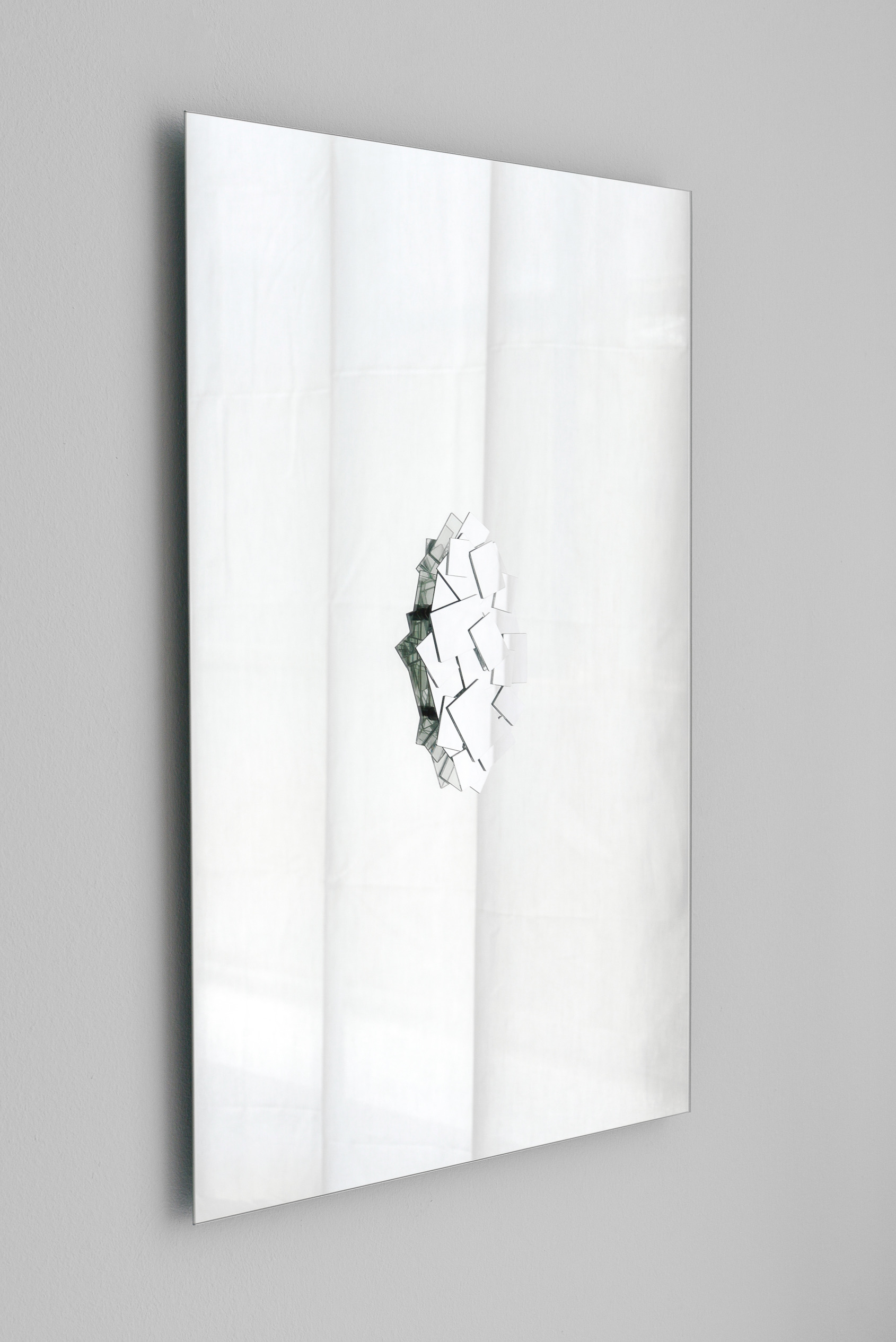
Ghost, 2016-17 © Jiro Kamata
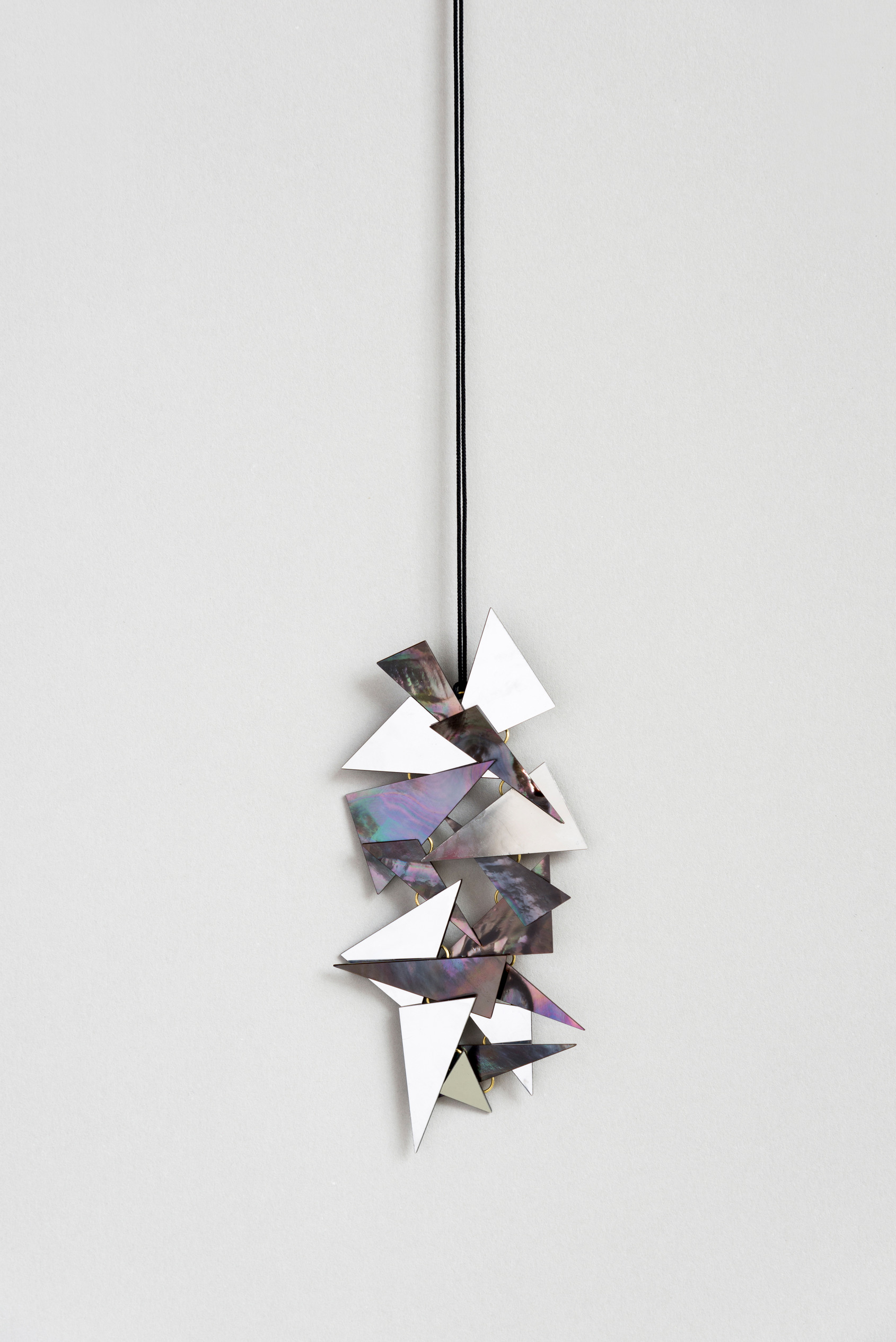
Shell, 2018 © Jiro Kamata
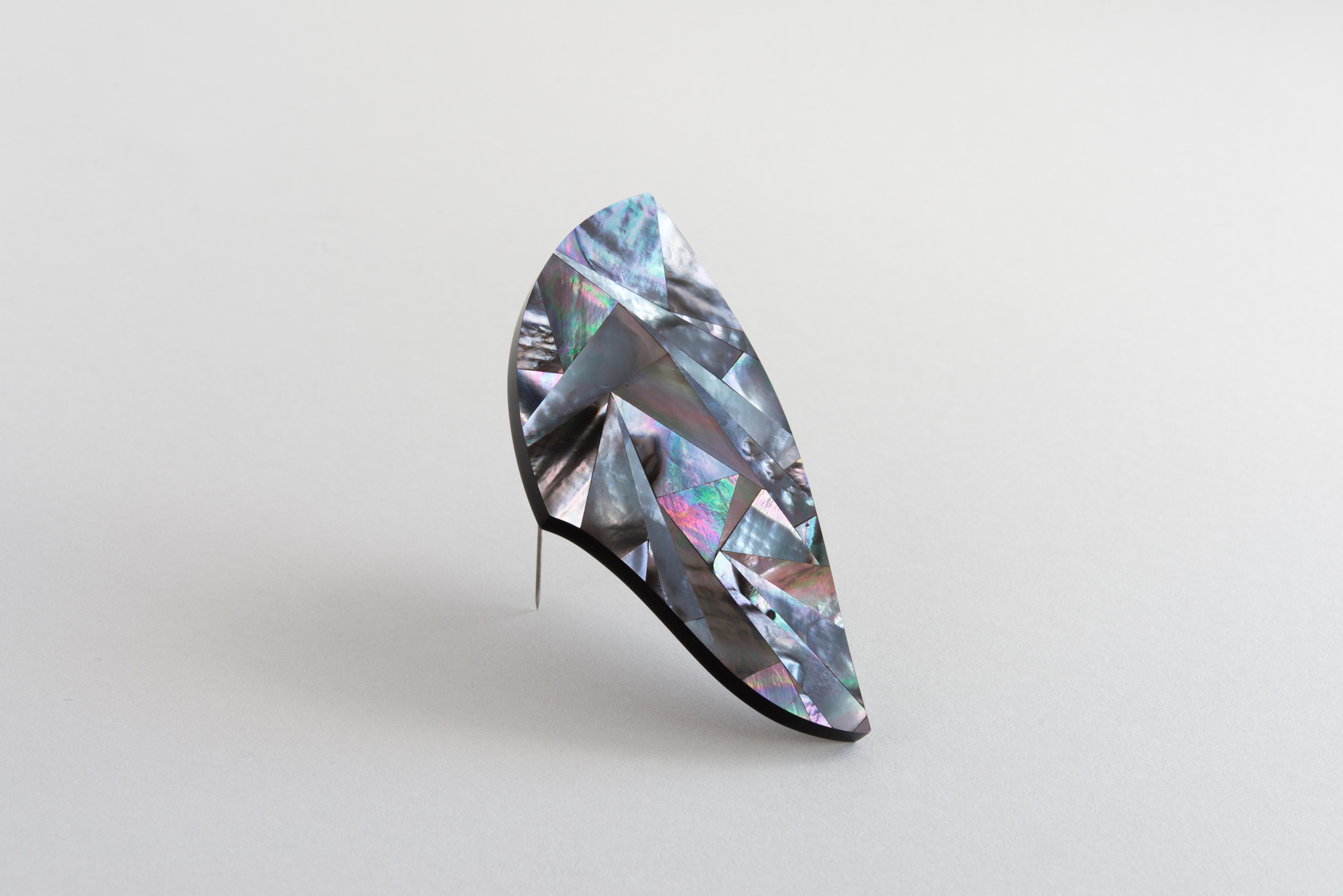
Mother,2018 © Jiro Kamata
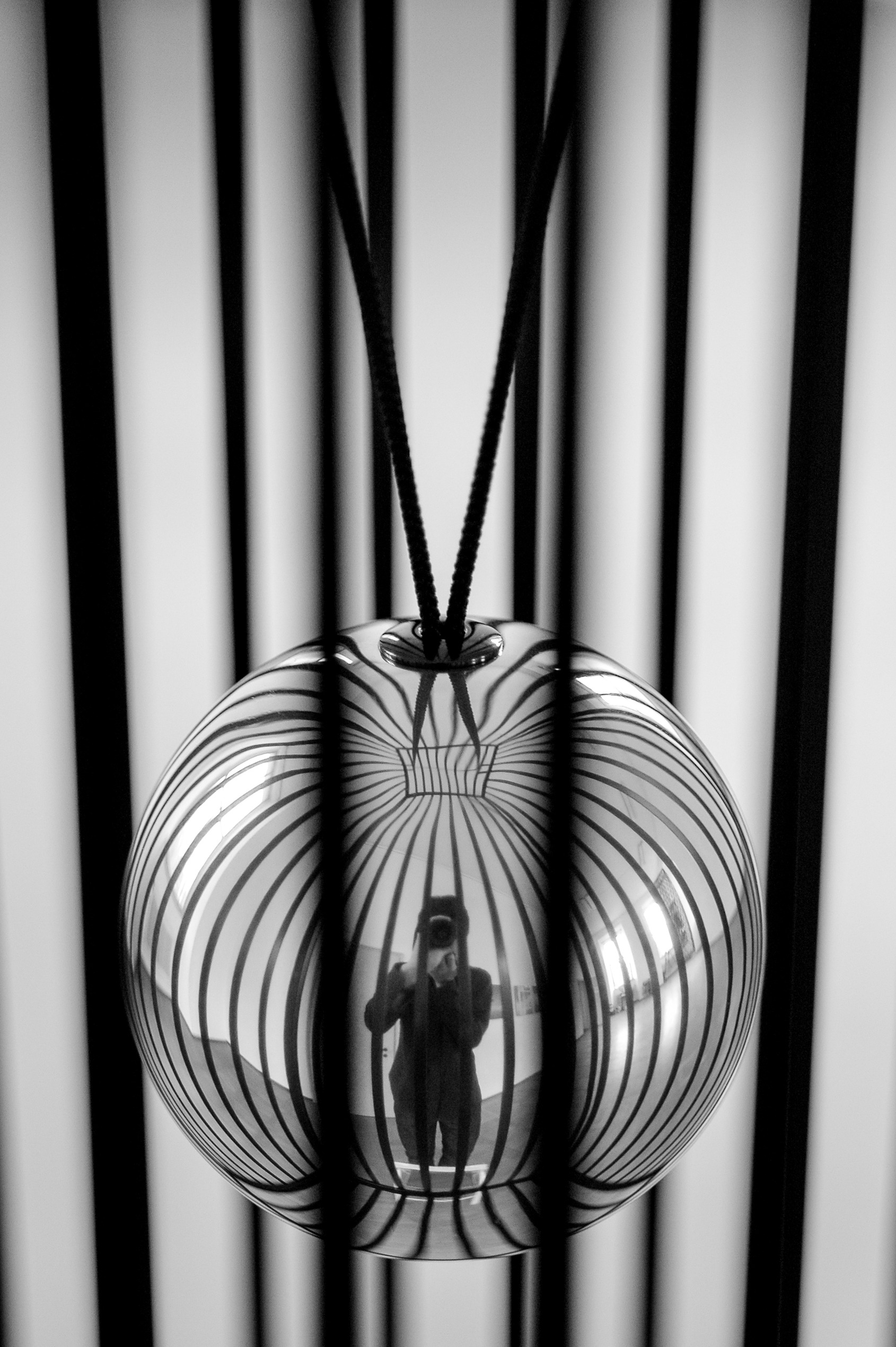
Extrovert, 2006 © Jiro Kamata
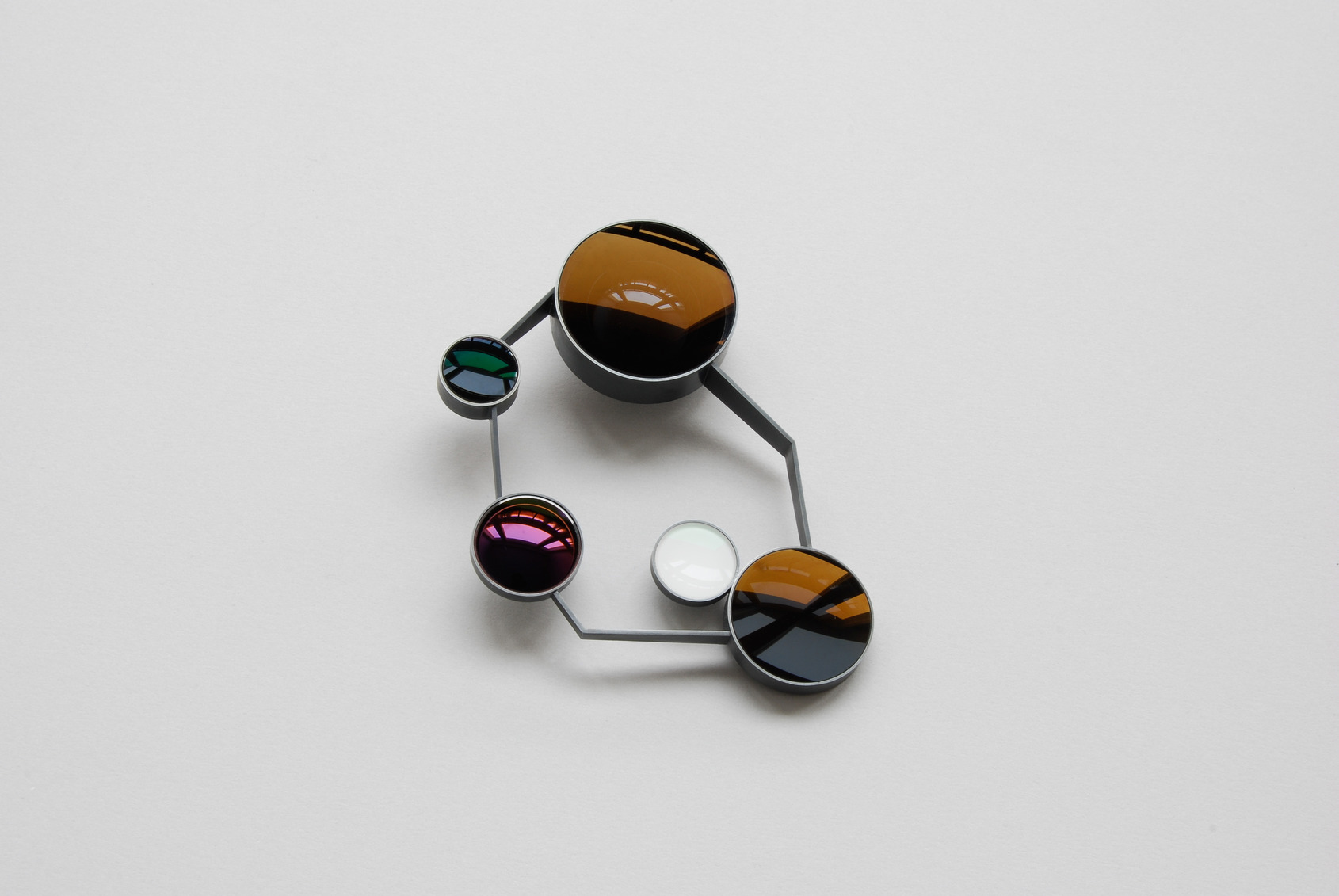
Momentopia, 2008-10 © Jiro Kamata
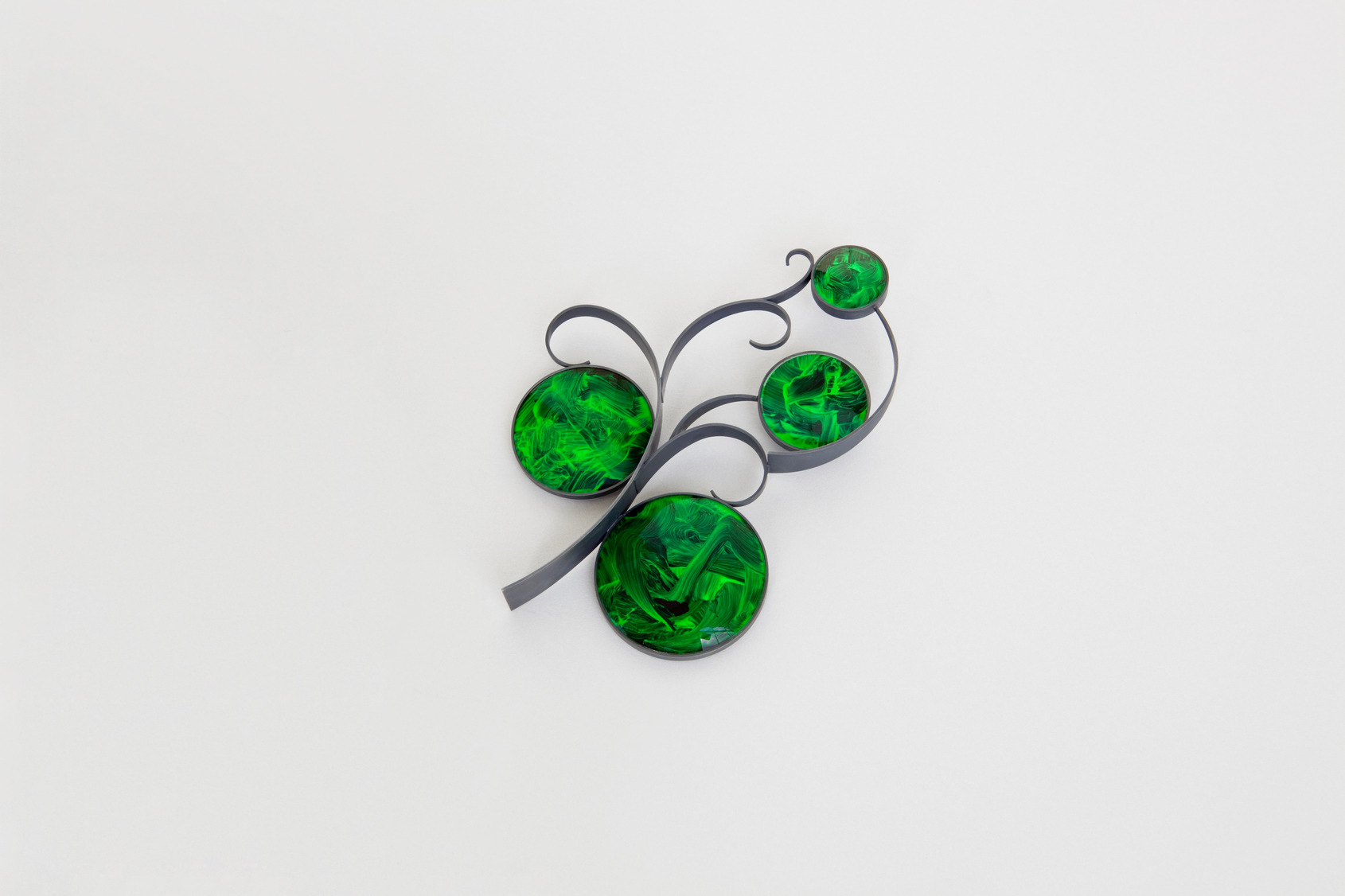
Arboresque, 2010-13 © Jiro Kamata
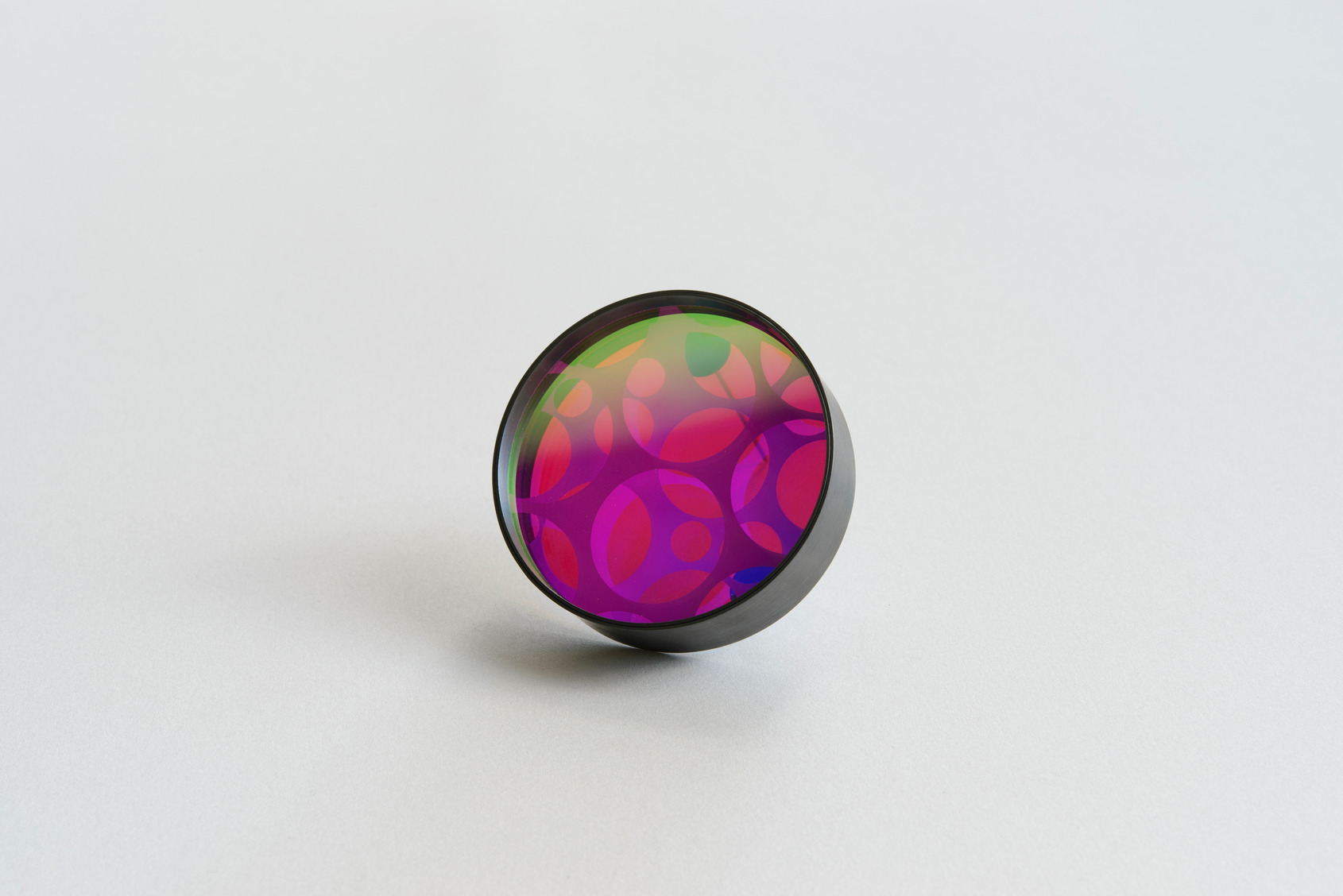
BI ,2013-15 © Jiro Kamata
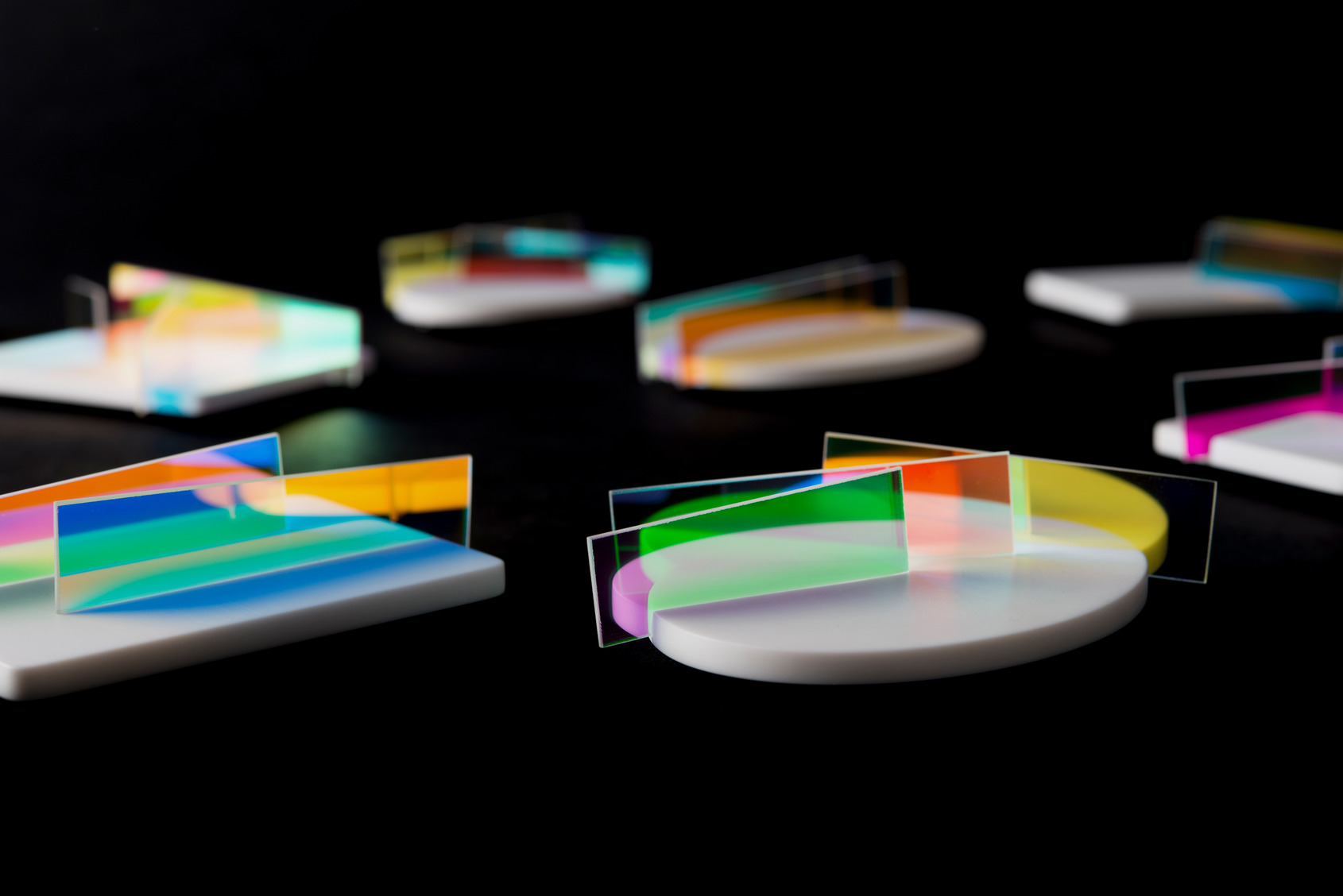
Palette, 2015 © Jiro Kamata
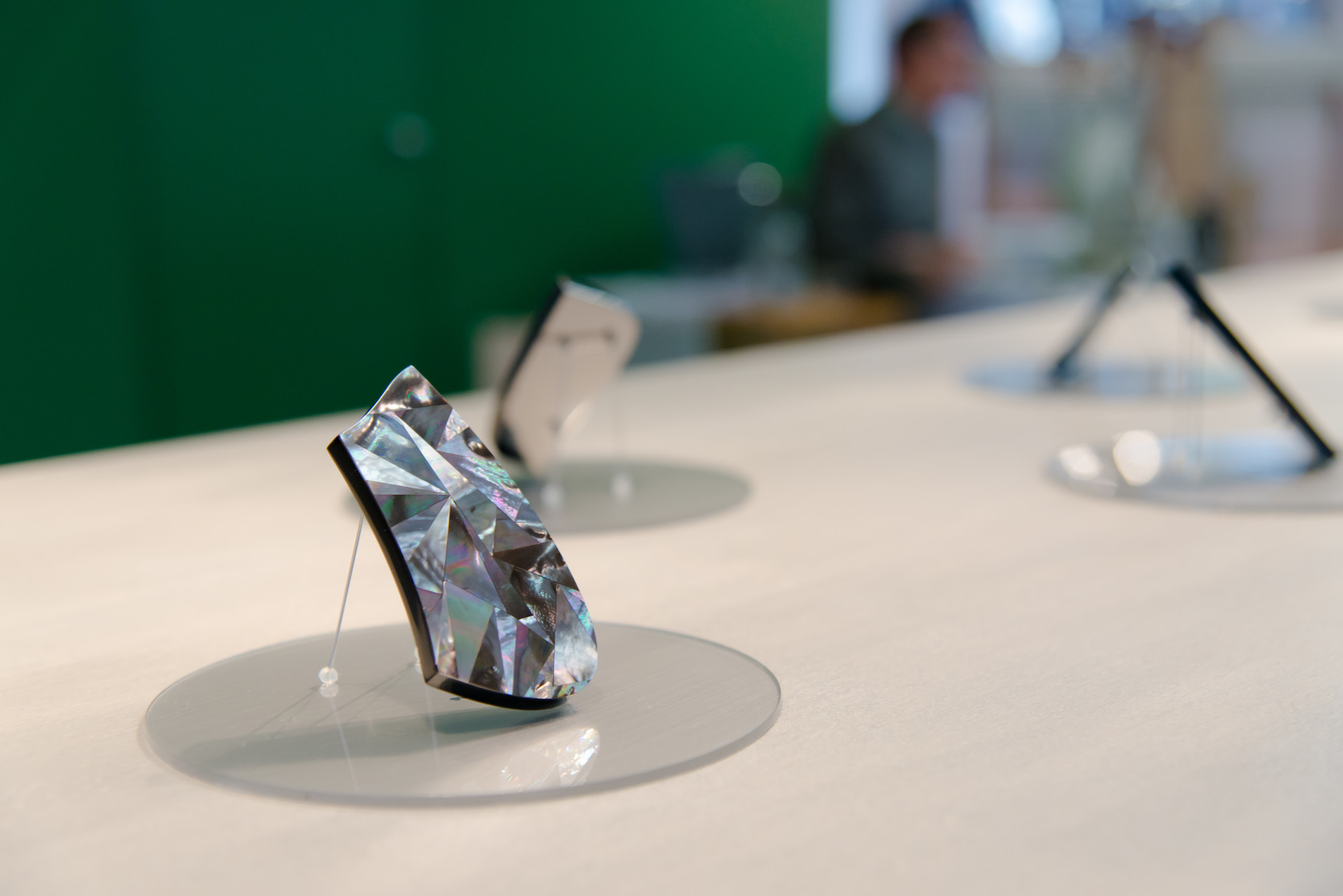
Mother,2018 © Jiro Kamata
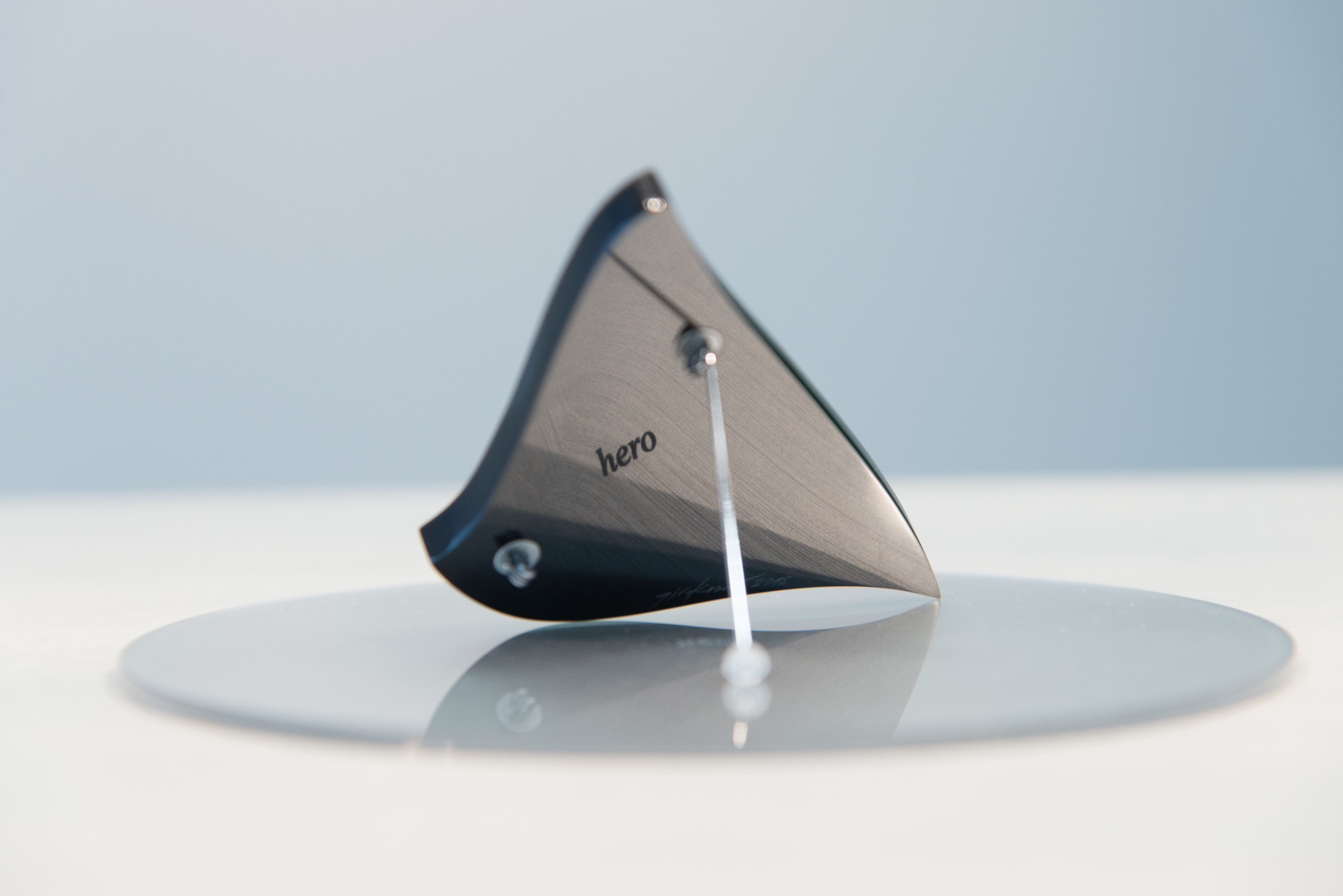
Mother,2018 © Jiro Kamata